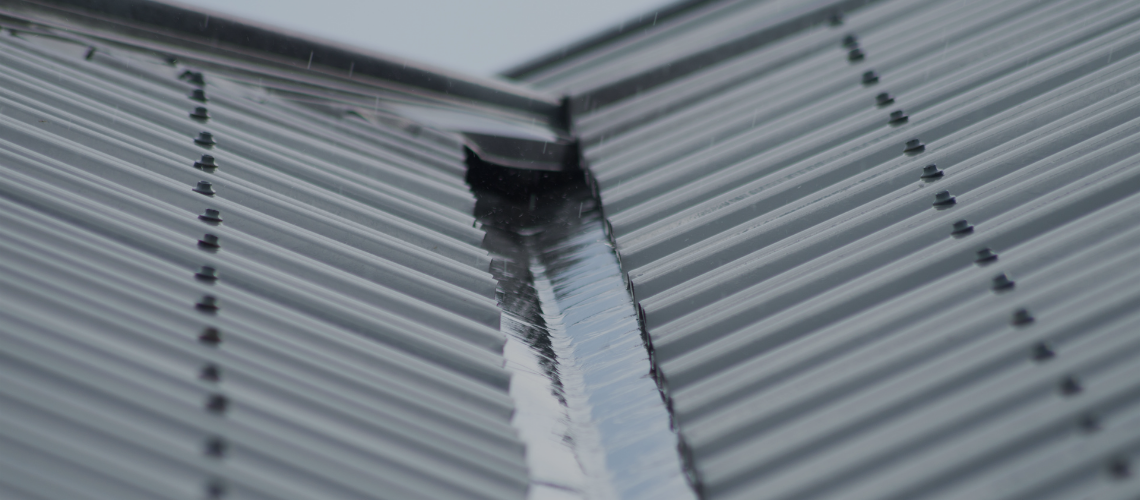La Nina is well and truly here, and with the shelter over our heads we often forget that what is keeping us dry is copping a beating from the effects of this weather phenomenon.
What is La Nina?
La Nina is a natural weather pattern that is opposite to El Nino. It occurs when the equatorial trade winds get strong. They change ocean surface currents and pull up cool water from below. It results in cooler temperatures in the eastern and central tropical Pacific Ocean. Enhanced trade winds create an accumulation of warm surface water from the Western Pacific to Northern Australia. Warm ocean temperatures lead to increased cloud development and subsequent rainfall. As a result, you can expect heavy rainfall. The increase in cloudiness and rainfall as a result of La Nina spells above-average rainfall for Australia in the winter and spring seasons.
Check in with your roof
Rainfall and heavy storms can lead to structural and integral damage to your roof over time. Staying on top of roof maintenance and repairs is the best way to minimise the effects of storm damage.
Simply inspecting your roof and identifying potential signs of damage, could save you time and money in the future.
We suggest you check in with your roof after severe storms, accessing the following:
- Clear your roof
Clear away any debris, leaves, sticks or objects that have fallen on your roof or settled in your gutters. If you can see a build up of dirt and grease, you may want to consider cleaning your roof with a pressure cleaner, as build up can cause damage over time.
- Examine the gutters
Poor gutters will encourage the rainwater to cascade inside the walls. Regular cleaning and replacement will prevent this issue. - Inspect the flashing
Roof flashing is the thin metal sheeting which is used to prevent water from seeping into joints and holes in roofs. It is important this stays fixed and doesn’t become loose, as this can lead to leaks as moisture seeps through gap. - Check your screws and fasteners
Check the screws and fasteners that hold down the panels of your metal roof are tight and are not rusted. This is often a tedious job and best left to the professionals as there are thousands of screws in each roof.
- Inspect your roof cavity
Finally take a look inside your roof cavity to ensure there are no areas of concern. Things to look for are compressed batts which suggest a leak, light peaking through which could indicate a crack or mould growth which is an indicator of moisture.
If you notice any of these issues during your routine roof check, it is best to get in touch with roofing experts. Signature Roofing And Guttering are the leading roof replacement specialists on the Sunshine Coast, to Brisbane and beyond. Get in touch with us for a free estimate.

